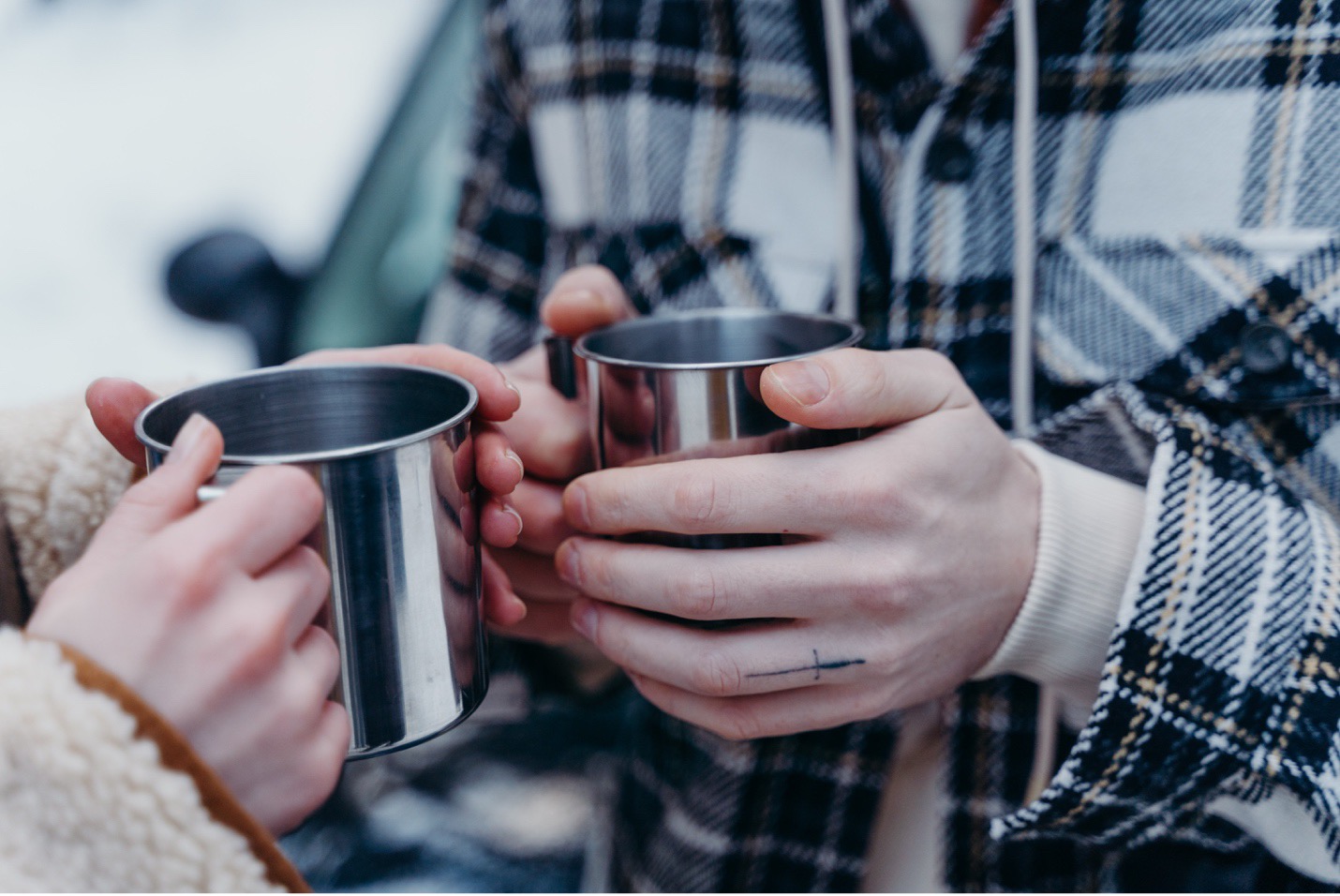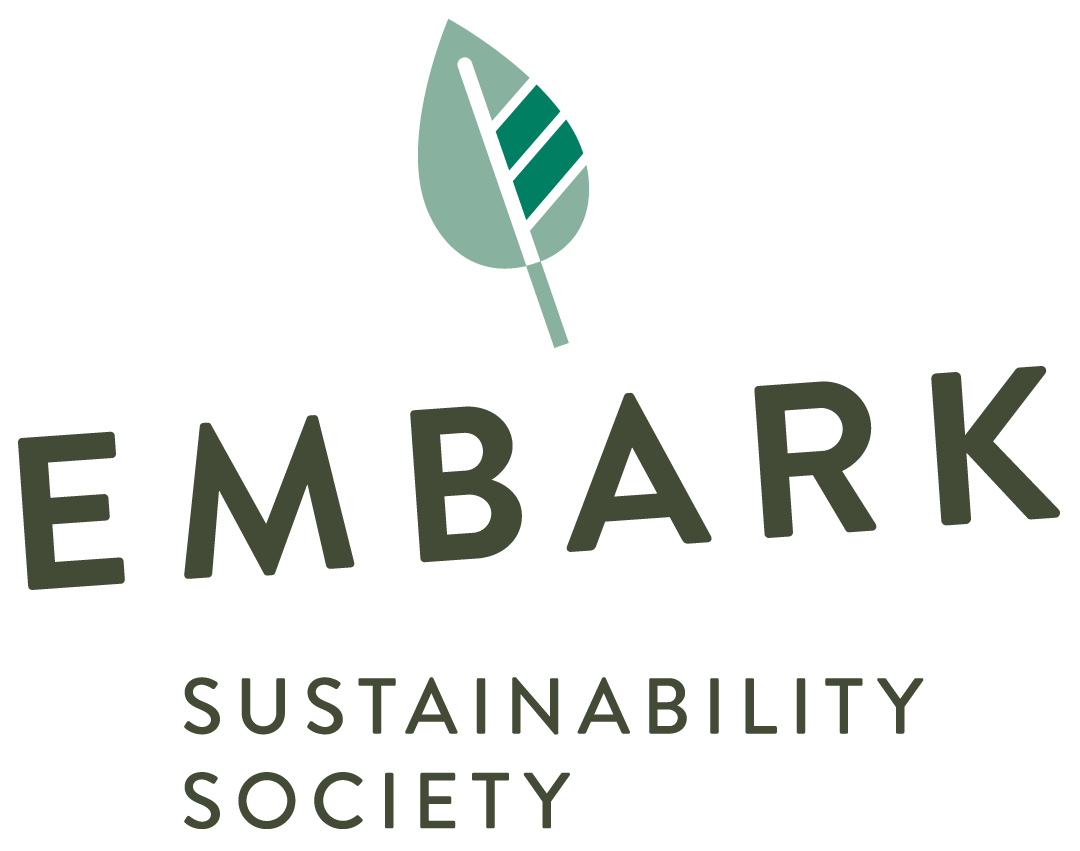How to Live a More Sustainable Life Without Sacrificing Your “Little Treat”
Because if I can’t have a “little treat” anymore, why does it even matter that there’s a planet to live on???
I want to preface this whole post by saying that a) I’m a barista and b) I am pro little treat. Everybody deserves the spike of serotonin that comes with getting themselves a little treat, whether it be for finishing a big assignment or just leaving the house.
That being said, the hardest part of my job is seeing how much waste my store produces. We empty our trash and recycling bins three to four times a day, and I know we don’t even capture the majority of to-go cups that are used and thrown out at work or at home. At a macro level, Vancouver adds 2.6 million single use paper cups to the landfill every week.
“But hold on,” you might ask, “why are we throwing paper into the landfill? Isn’t it compostable, or at least recyclable?”. I thought they were too! And in some cases they are, but it’s more complicated than a simple “yes” or “no”. If you rub a finger along the inside of one of these cups, you’ll notice a waxy texture. This is polyethylene, a kind of plastic that ensures the coffee or tea doesn’t seep out of the cup, and it makes it tricky to recycle the materials making up the cup.

In response to this, coffee shops like mine have tried to encourage customers to use reusable cups. My store has a small sign advertising a discount to those who bring their own cup, and also happens to sell an array of colourful plastic ones! “Who knew saving the earth could also feed my addiction to consumption?”, you might ask.
WELL READER, I have bad news for you. Unless you promise to love and cherish this cup for 100 to 250 uses, it is worse for the environment than disposable cups.It uses many more resources to produce and clean reusable cups than it does disposable ones. In my experience, stainless steel, glass and porcelain mugs are of pretty good quality and can withstand this amount of use easily. Plastic cups, on the other hand, are harder to clean and get less-and-less appetizing to reach for after a few months.

In my opinion, the least wasteful way to enjoy a cup of coffee is by using a “for here” cup. COVID certainly did away with these for a while, but more and more coffee shops are bringing them back. These mugs can be used for years and years, and cleaned with an industrial strength dishwasher which uses less water than an at-home one. If you’re planning to hunker down in a cafe for a little while, try asking for one! If I’m your barista, I’ll have to restrain myself from crawling over the counter and giving you a big kiss!
That being said, I know it’s not always practical to opt for a mug. In some cases there are workarounds. Mugshare, for example, is a service that is available at some coffee shops (including our own Renaissance Coffee!) where customers can make a deposit to use a reusable travel mug, and drop it back off to be cleaned and reused. Vancouver also recently started requiring that $0.25 be charged for disposable cups. Those funds are kept by the business, with the idea that it dissuades people from using disposables and could empower the business to invest in more environmentally friendly solutions.
As a general rule of thumb, though, I think “reduce” of the famous “three Rs” is the most consistent way to live a more sustainable life. Maybe your “little treat” for leaving the house is listening to a podcast you love, and your “little treat” for finishing that mid-term essay is a venti white mocha with vanilla sweet cream cold foam (with a big kiss from your barista for enjoying it in a “for here” cup).
By Meghan Danyluk
